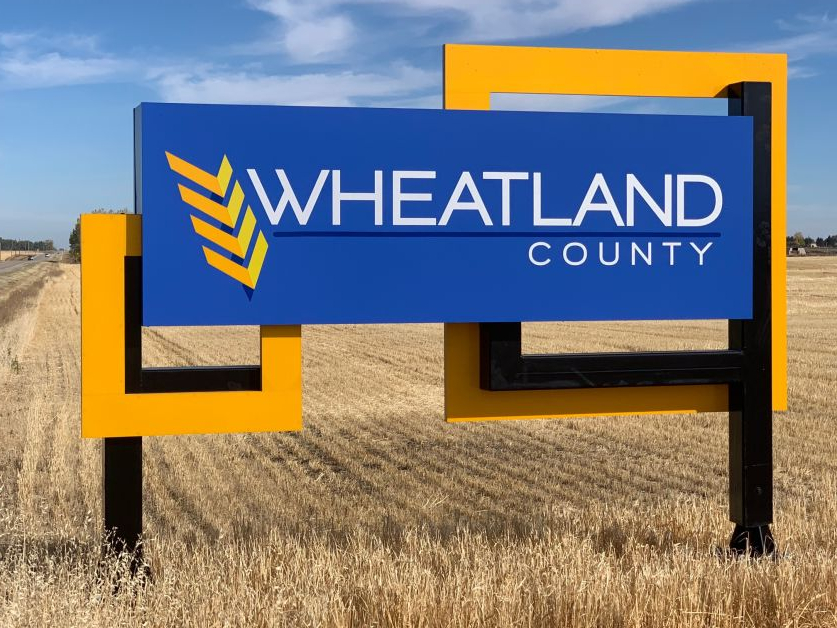
Wheatland County officially declared a municipal agricultural disaster following a motion by its council during the regular Tuesday, July 4 council meeting.
County of Stettler was the first municipality to declare an agricultural disaster mid-June this year, followed by Foothills County south of Calgary and County of Paintearth, north of Hanna, later the same month.
“Low growing season moisture compounded by extended periods of extreme heat, both of which have substantially depleted our soil moisture reserves have dealt a severe blow to all facets of agricultural production within Wheatland County,” a press release from Wheatland County states.
Dry conditions and drought have been an ongoing challenge for producers across Alberta.
Wheatland County was among a total of 43 municipalities to declare states of local agricultural disaster across the province in 2021, and the Alberta government announced $340 million in support for affected producers through the Canada-Alberta Livestock Feed Assistance Initiative.
The Alberta government released its crop conditions report on Tuesday, June 27 which shows much of the south and central regions, which includes Wheatland County (South) and surrounding Kneehill and Starland County (Central), experiencing dry conditions.
While the central region tips more towards the moderately low to low soil moisture reserves, the south region is facing more dire conditions with much of the region seeing soil moisture reserves in the extremely low to driest conditions.
Kneehill County continues to monitor the situation closely, but at this time has not declared its own agricultural disaster. Starland County has also not declared a municipal agricultural disaster, although council is aware of poor growing conditions faced by producers throughout the municipality, and continues monitoring the situation.

















